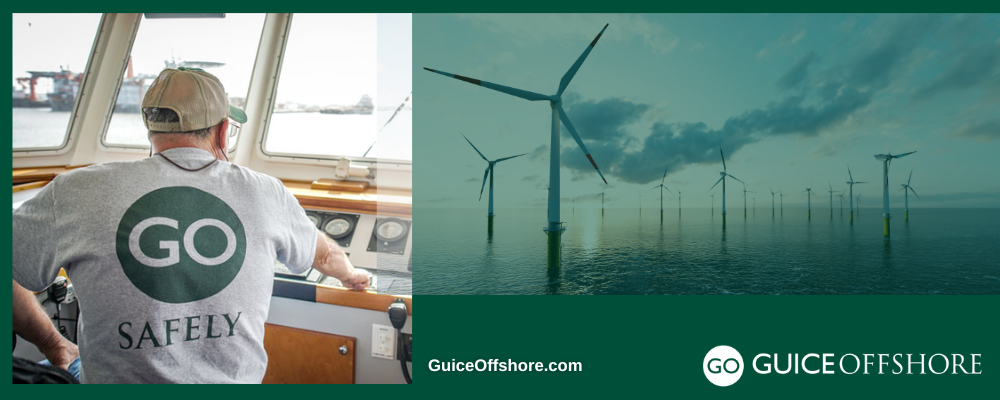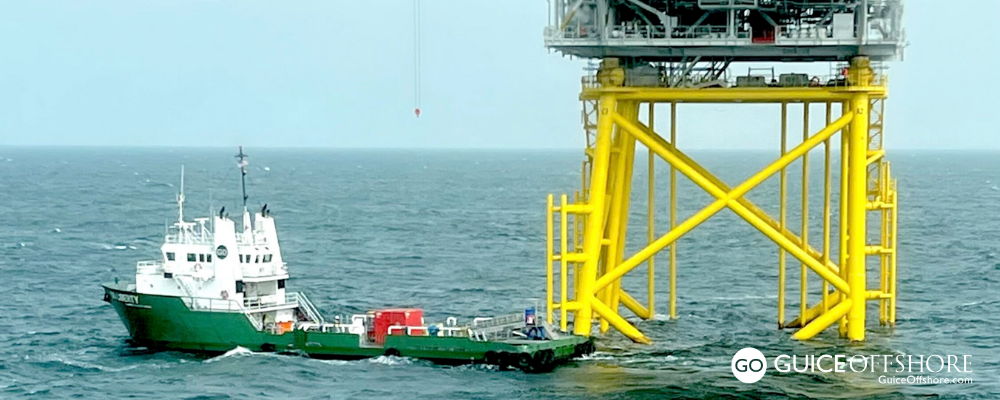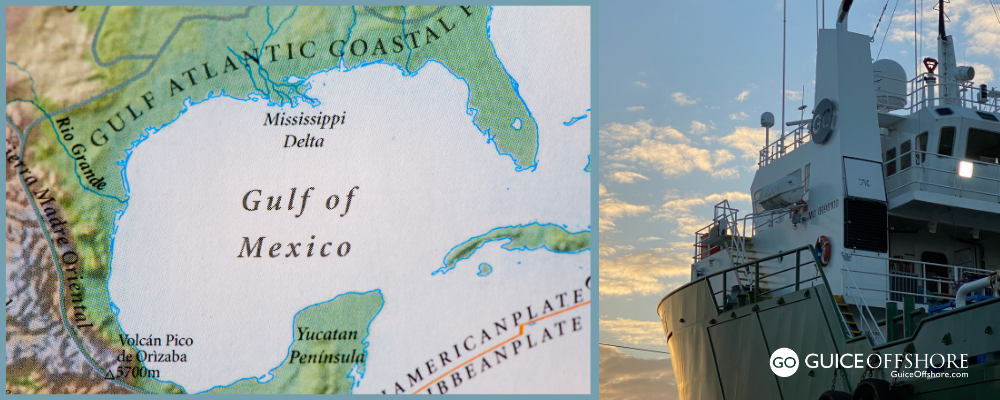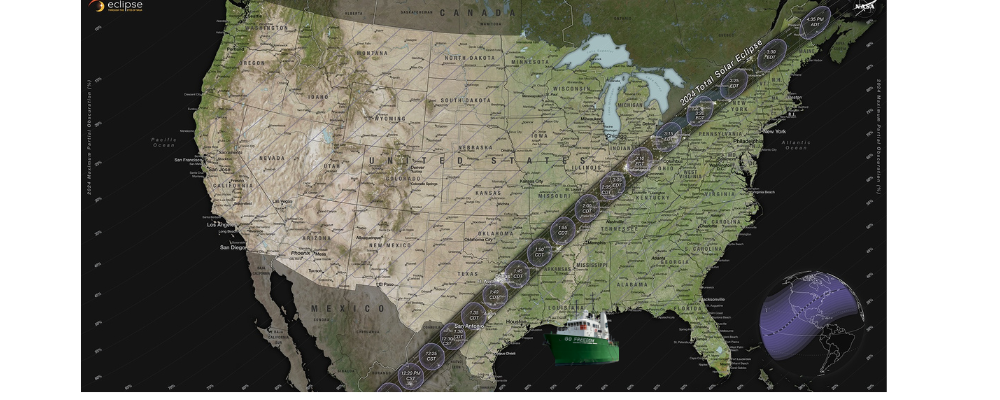Some offshore renewable energy regulations (mostly pertaining to offshore wind) dealing with workplace safety and environmental compliance will be transferred from the U.S. Bureau of Ocean Energy Management (BOEM) to the Bureau of Safety and Environmental Enforcement (BSEE), the U.S. Department of Interior announced yesterday, Jan. 17, 2023.
A joint notice to lessees outlines the transfer of responsibilities with information for submitting information to each bureau.
View the notice HERE.
The final Rule will publish in the Federal Register in the coming days.
More detailed information on the specifics is HERE.
The new regulation does not make substantive changes to current regulatory requirements, nor does it impose additional regulatory burdens on offshore wind power developers.
“Over the past several months, BOEM and BSEE have taken steps to ensure a seamless transition of functions related to safety and environmental protections for the offshore renewable energy program,” said Laura Daniel-Davis, Interior Principal Deputy Assistant Secretary for Land and Minerals Management. “This rule advances regulatory clarity and transparency for the offshore wind industry. It allows the bureaus to focus on ensuring that future clean energy development and operations continue to occur in a safe and environmentally responsible manner.”
In 2011, the Department of the Interior formally established the BOEM and BSEE as new bureaus to carry out America’s offshore energy management, safety and environmental oversight missions.
The establishment of the BOEM and BSEE marked the culmination of an effort to reorganize the former Minerals Management Service following the Deepwater Horizon tragedy.
As part of that re-organization, oversight of offshore renewable energy, then an emerging industry, was assigned to the BOEM.
This week’s transfer of responsibilities recognizes that the scopes of the bureaus’ roles and responsibilities have matured over the last decade and supports the Department of the Interior’s commitment to independent regulatory oversight and enforcement in the renewable energy program.
Key authorities transferred to BSEE include, but are not limited to:
- Evaluating and overseeing facility design, fabrication, installation, safety management systems and oil spill response plans;
- Enforcing operational safety through inspections, incident reporting, and investigations;
- Enforcing compliance, including safety and environmental compliance, with all applicable laws, regulations, leases, grants, and approved plans through notices of noncompliance, cessation orders, civil penalties, and other appropriate means; and
- Overseeing decommissioning activities.
Regulatory authority for the following functions remains with BOEM:
- Determining areas suitable for siting offshore wind energy facilities;
- Issuing leases, easements and rights-of-way for activities that produce or support the production, transportation, or transmission of offshore energy or energy resources;
- Reviewing and approving or approving with modifications or disapproving plans, including construction and operations plans, site assessment plans, and general activities plans, required for authorizing offshore renewable energy development; and
- Conducting analyses under the National Environmental Policy Act and other environmental studies and incorporating mitigation measures into plan approvals to avoid or minimize harm to the marine, coastal, or human environments.
This week’s announcement comes following the release of a proposed rule from BOEM that would modernize regulations, streamline overly complex and burdensome processes, clarify ambiguous provisions, and enhance compliance provisions in order to decrease costs and uncertainty associated with the deployment of offshore wind facilities.
These collective efforts support the nation’s ambitious deployment goals of 30 gigawatts of offshore wind energy by 2030 and 15 gigawatts of floating offshore wind energy by 2035.
Guice Offshore Has the Jones Act-Compliant Supply, Support and Platform Vessels To Help Meet America’s Offshore Wind Goals
In response to the March 2022 National Renewable Energy Laboratory report outlining in part the need for six types of offshore vessels in order to fulfill offshore wind power supply chain needs to reach the United States’ national offshore wind goal of 30 gigawatts (GW) by 2030, Guice Offshore (“GO”) Vice President David Scheyd said:
“Our growing fleet of Jones Act-compliant, dynamically positioned offshore supply vessels, mini supply vessels and platform vessels is well positioned to help meet our nation’s wind energy infrastructure installation and service goal deadlines, whether it’s crew transfer, service, cable laying, subsea work like scour protection or equipment transportation.”
To get a link to the report, entitled “The Demand for a Domestic Offshore Wind Energy Supply Chain,” and its concurrent U.S. Department of Energy (DOE) Office of Energy Efficiency and Renewable Energy (EERE), U.S. Department of Energy report, “America’s Strategy to Secure the Supply Chain for a Robust Clean Energy Transition,” click here: https://lnkd.in/gXMGRmqj



